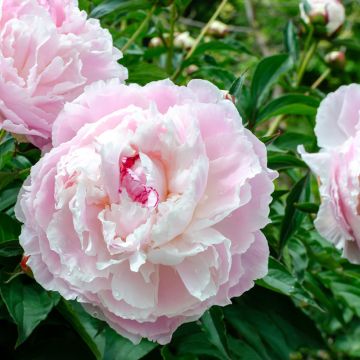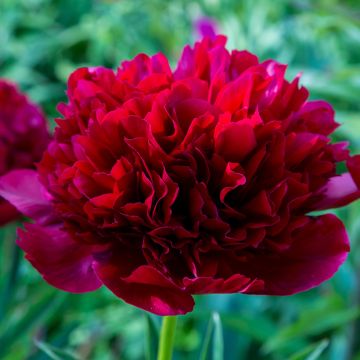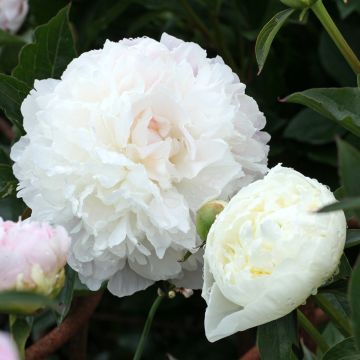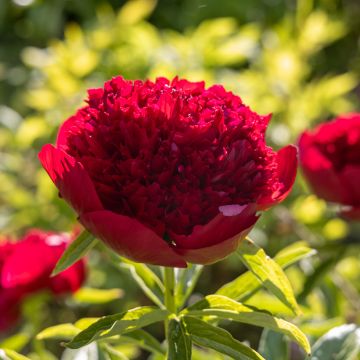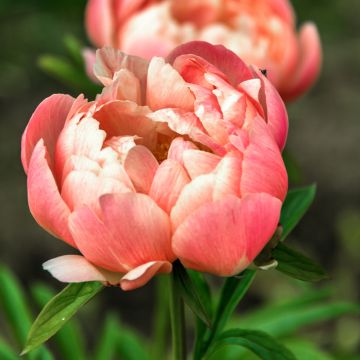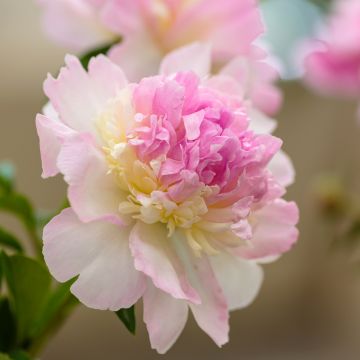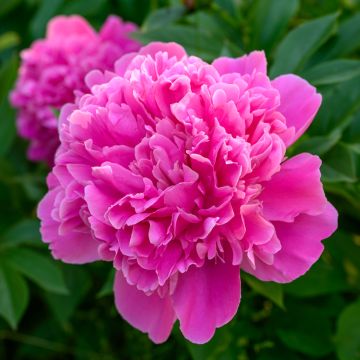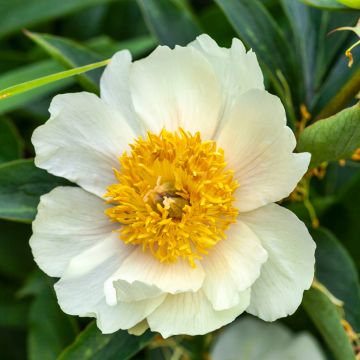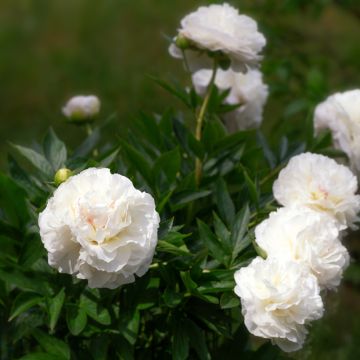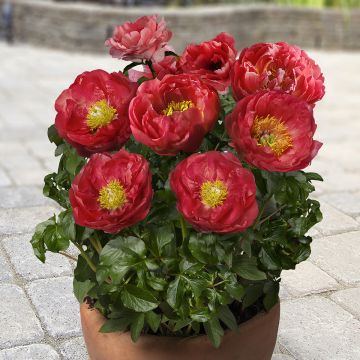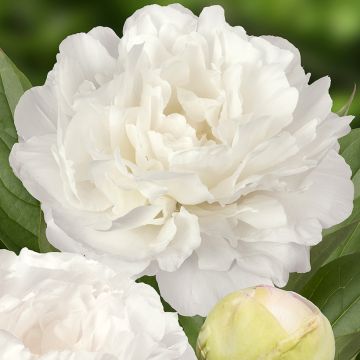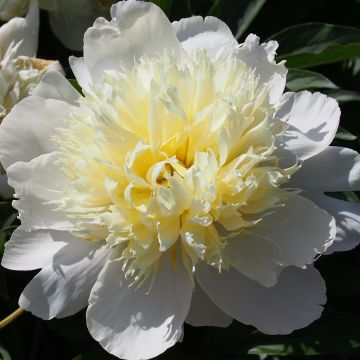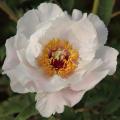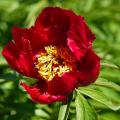Herbaceous and hybrid Peonies
Would this plant suit my garden? Set up your Plantfit profile →
Available in 2 sizes
Available in 0 sizes
Available in 2 sizes
Available in 2 sizes
Available in 2 sizes
Available in 2 sizes

Available in 2 sizes
Available in 2 sizes
Available in 2 sizes
Available in 2 sizes
Available in 2 sizes
Available in 2 sizes
Available in 2 sizes
Available in 2 sizes
Available in 2 sizes
Available in 2 sizes
Available in 2 sizes
Available in 2 sizes
Available in 2 sizes
Available in 2 sizes
Available in 2 sizes
Available in 2 sizes
Available in 2 sizes
Available in 2 sizes
Available in 2 sizes
Available in 2 sizes

Available in 2 sizes
Available in 2 sizes
Available in 2 sizes
Available in 2 sizes
Available in 2 sizes
Available in 2 sizes
Available in 2 sizes
Available in 2 sizes
Available in 2 sizes
Available in 2 sizes
Available in 2 sizes
Available in 2 sizes
Available in 2 sizes
Available in 2 sizes
Available in 2 sizes
Available in 2 sizes
Available in 2 sizes
Available in 2 sizes
Available in 3 sizes
Available in 2 sizes
Available in 2 sizes
Available in 2 sizes
Available in 2 sizes
Herbaceous peonies (Paeonia in Latin) are perennial plants with double or single flowers, with a fleshy stump bearing deciduous leaves that disappear in winter and reappear in spring. The most popular of all is Paeonia lactiflora, there are many cultivars, those with single flowers are called Japanese peony, the double flowers: Chinese peony. Two types of inflorescences, two different styles: Very graphic, the varieties with single flowers form large open cups 15 to 20cm (6 to 8in) in diameter, they are equipped with a beautiful crown of petals in pink, white or red depending on the varieties and are sometimes garnished in the centre with a dense tuft of cream, white or pink petaloids or sometimes with a pretty tuft of golden stamens. The most remarkable are the varieties 'Bowl of Beauty', 'White Wings', 'Doreen' or 'Do Tell'. With a romantic appearance, the varieties with double flowers are made up of a very large number of petals often in red, pink, or white, overlapping each other on several layers, giving the impression of a fluffy ball of crumpled flowers. The most remarkable are the varieties 'Festiva Maxima', 'Coral Sunset', 'Mother's Choice' or 'Sarah Bernhardt'.
Haven't found what you were looking for?





































